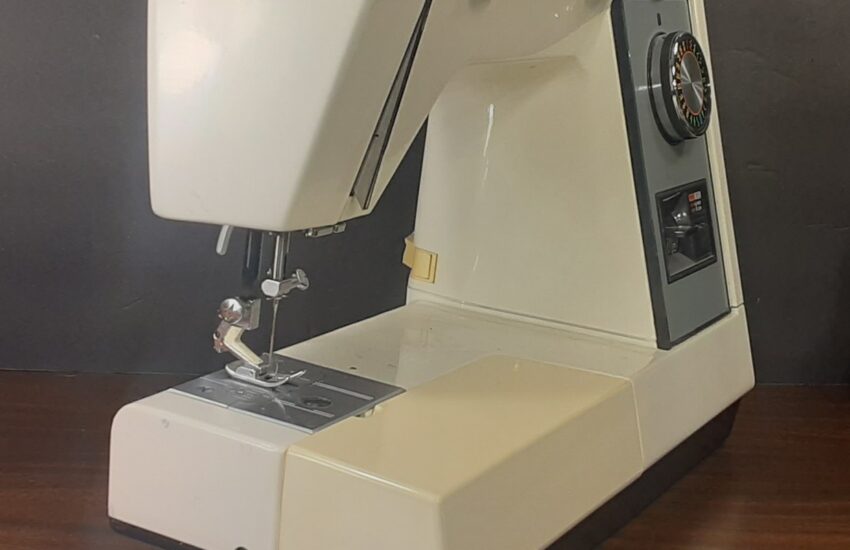Kenmore 158.17560
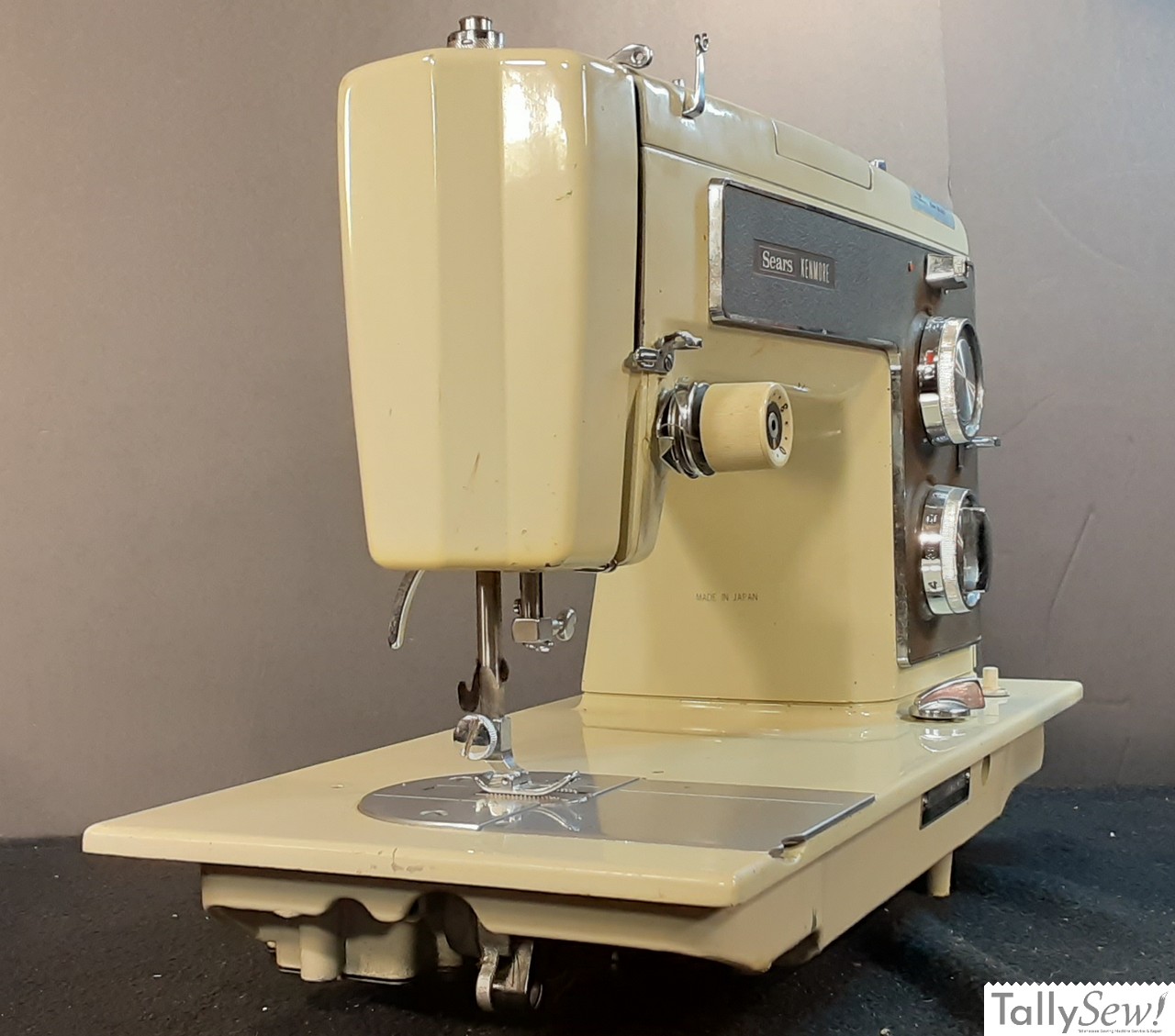

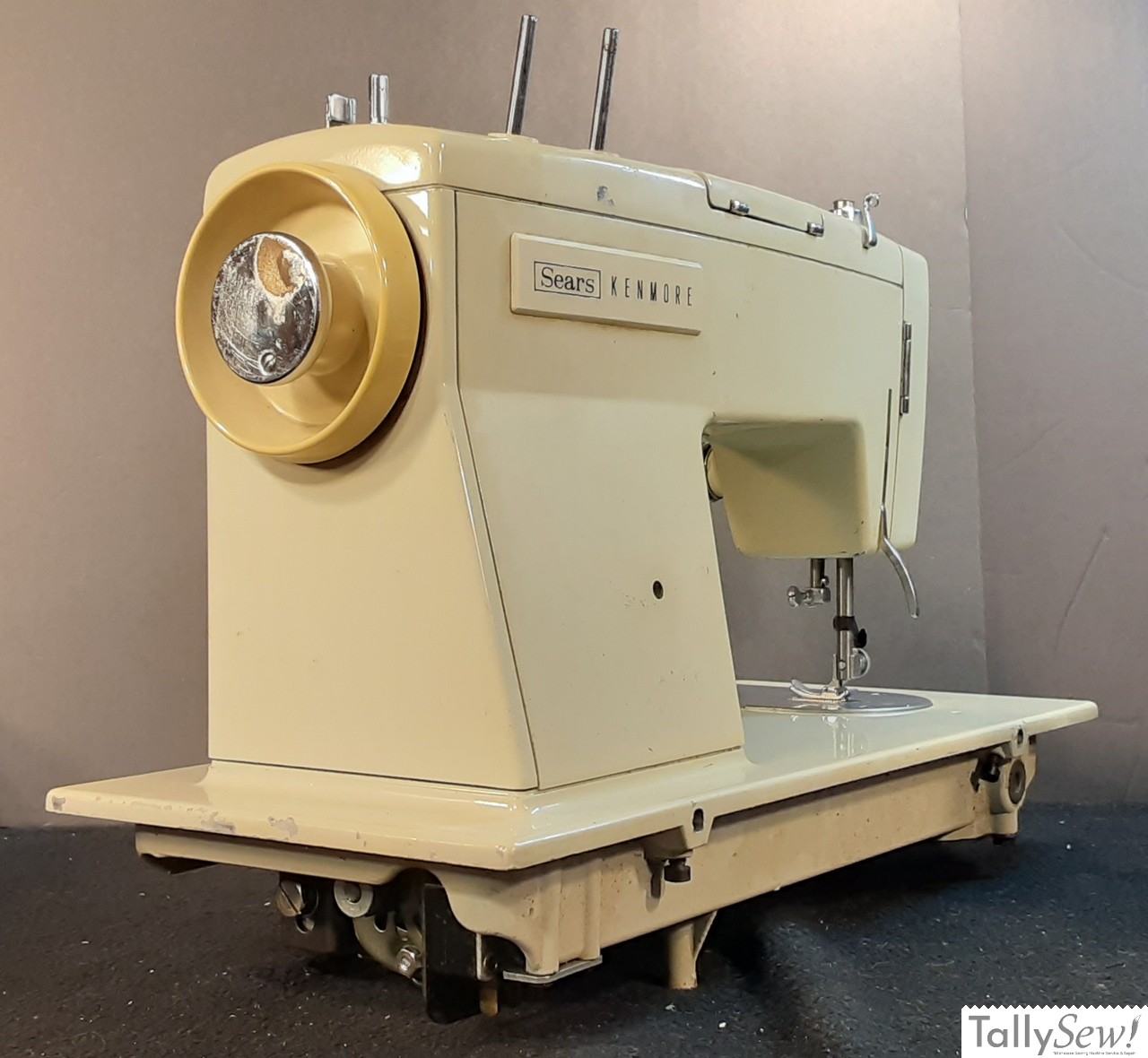
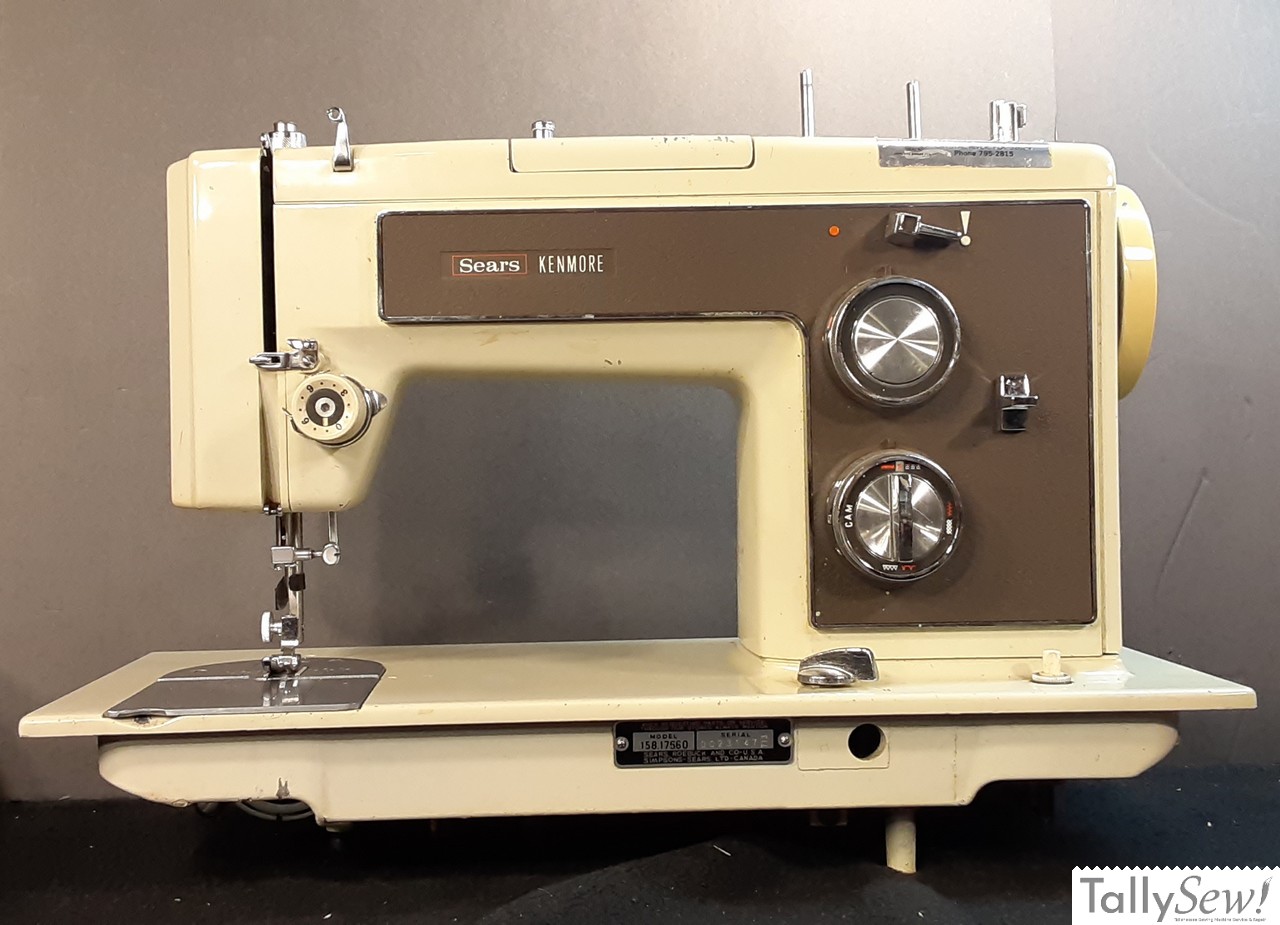
The Kenmore 158.17560 or model 1756, was manufactured by Jaguar/Maruzen in Japan, from 1971 to 1972. It’s an all metal* drive train machine. It has a 1.2 Amp motor and has a two belt reduction pulley system for higher torque. It included (missing from mine), a metal #20 type “C” Kenmore stitch pattern cam for the stretch stitches selectable using the lower knob on the front of the machine pillar. The machine could use any of the type “C” Kenmore stitch pattern cams that were available as an accessory. The model 1756 was offered in the 1973 Spring/Summer Sears catalog for $129.95, or about $900.00 at the time of this writing.
* Note: The Kenmore 1756 has a plastic hand wheel.
Electrical System
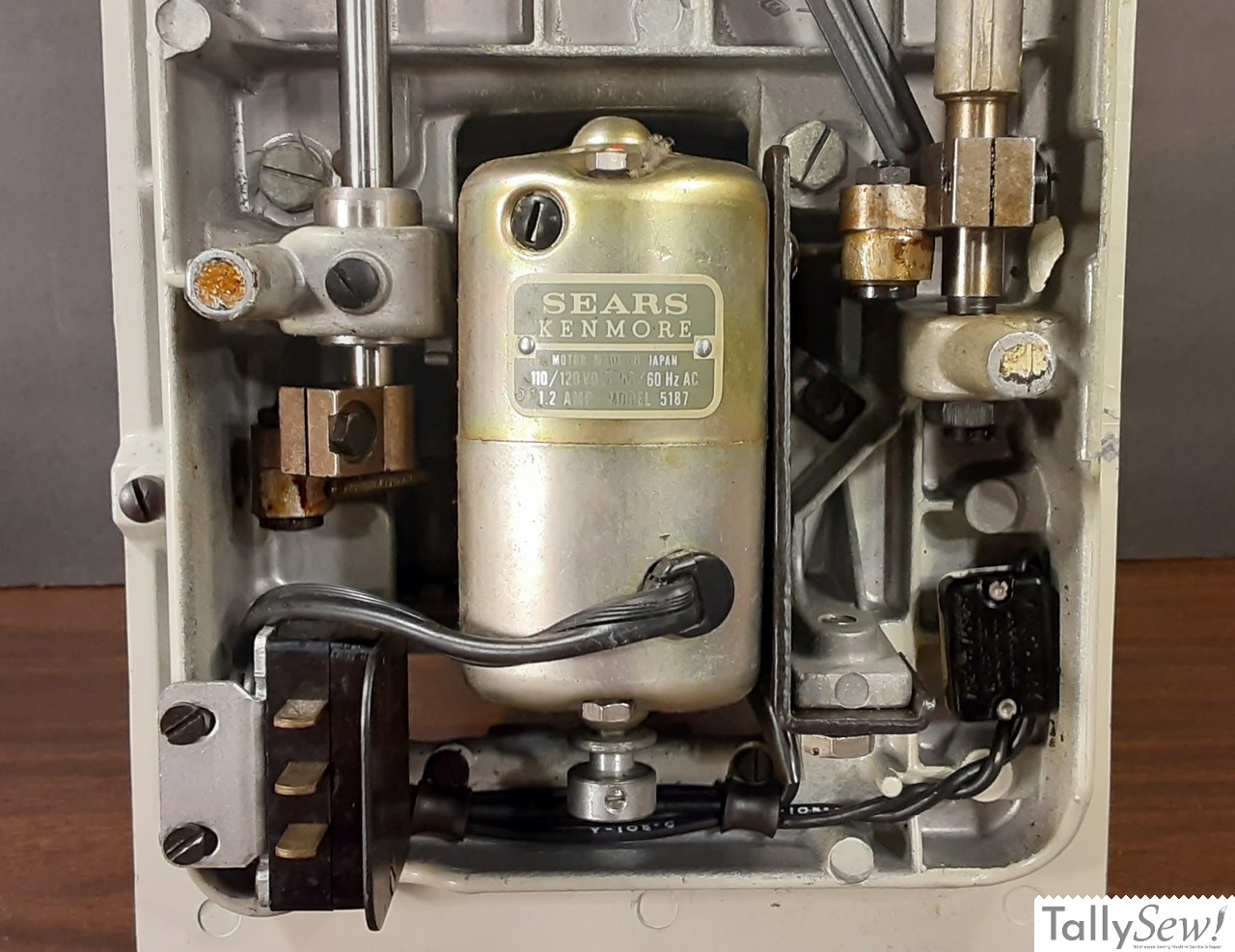
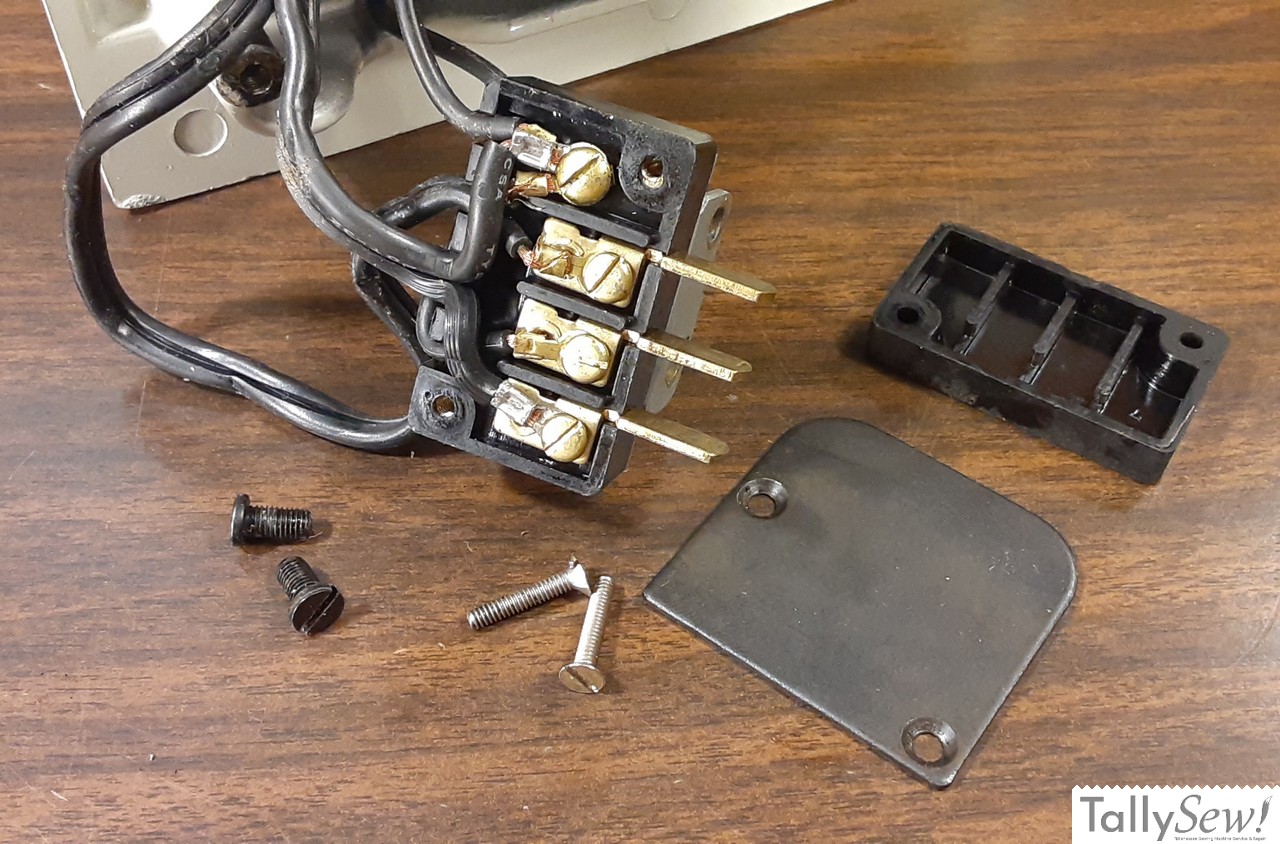
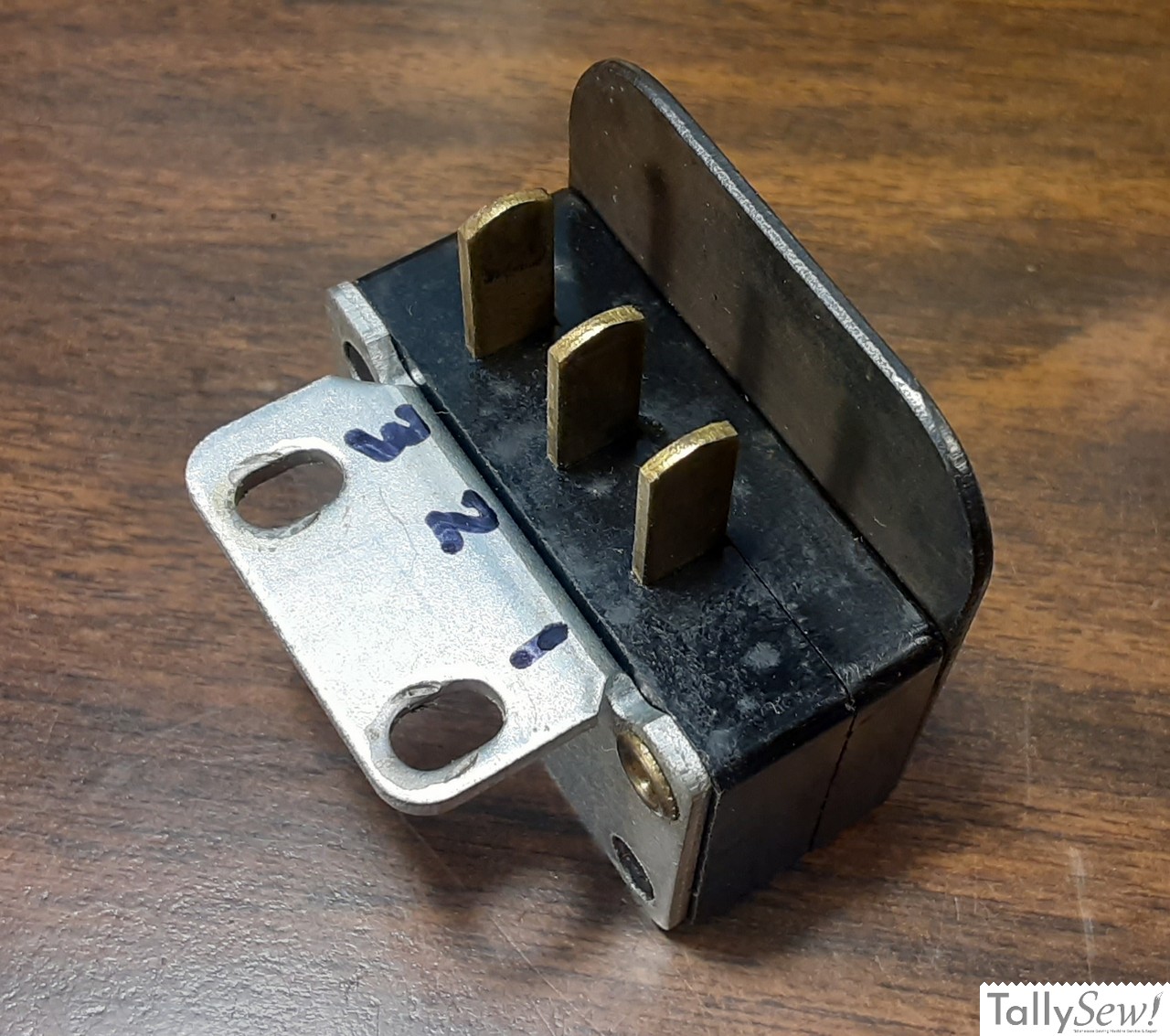
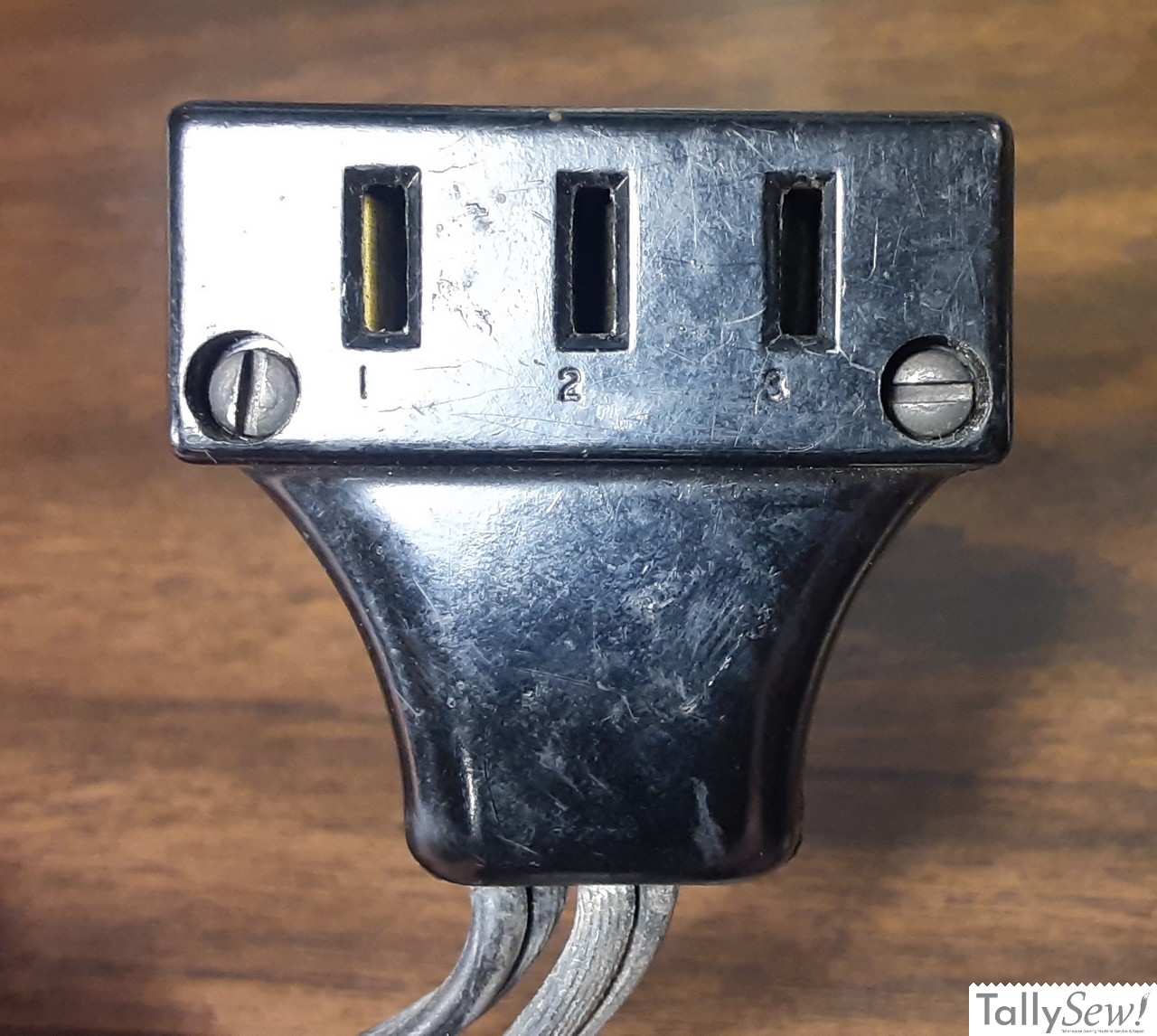
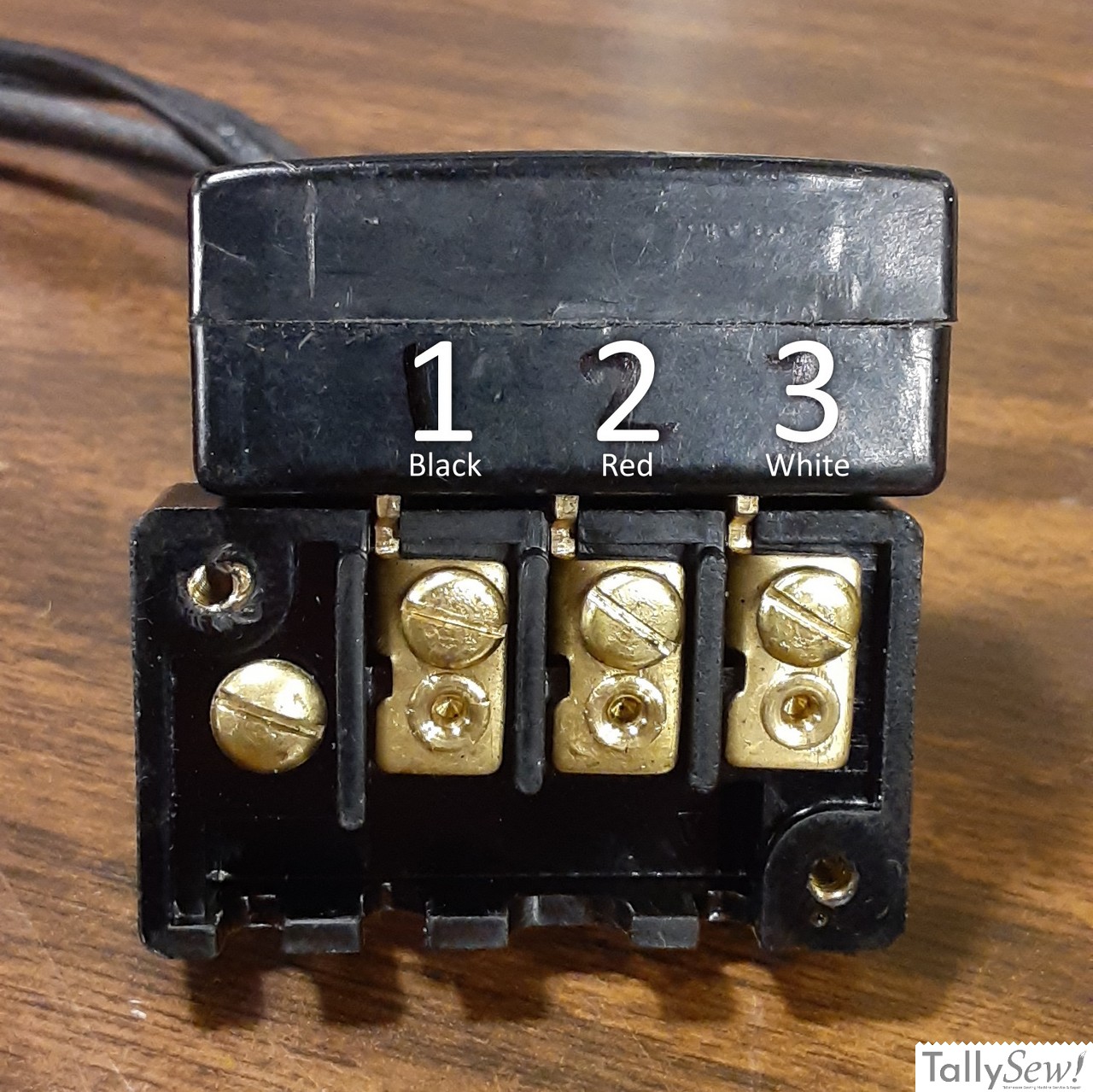
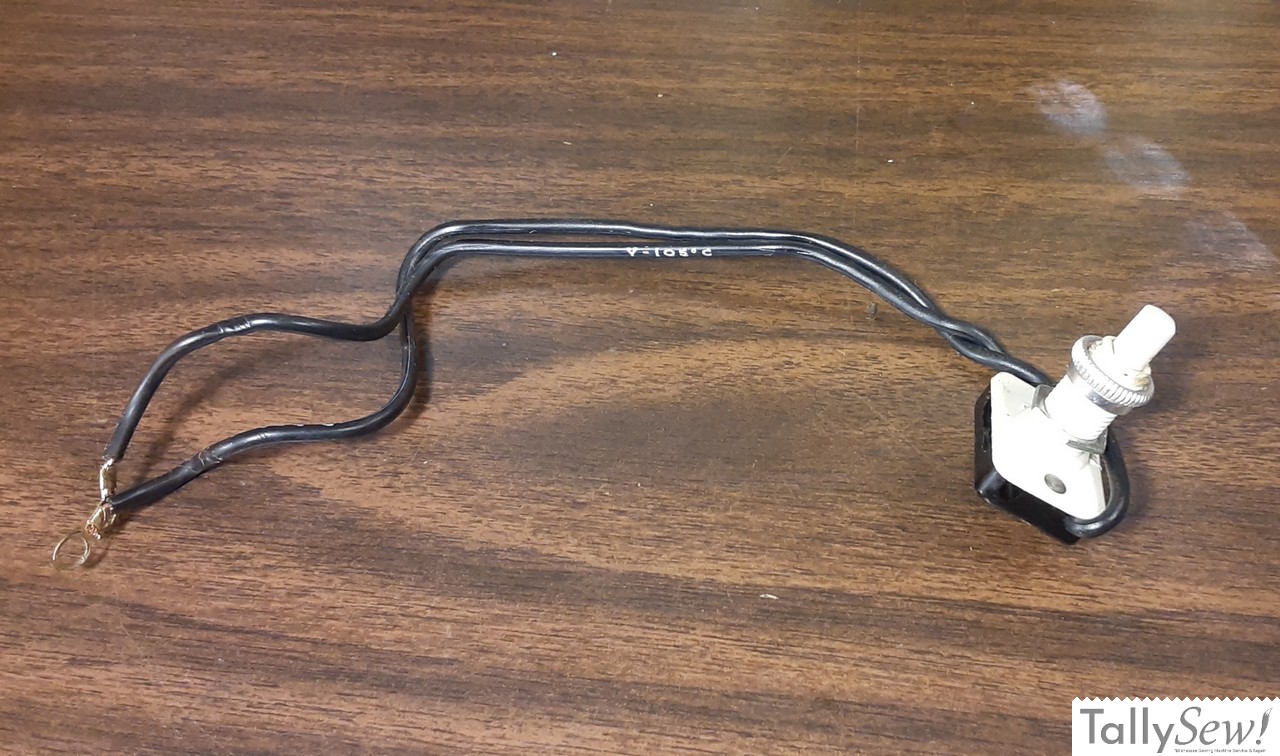
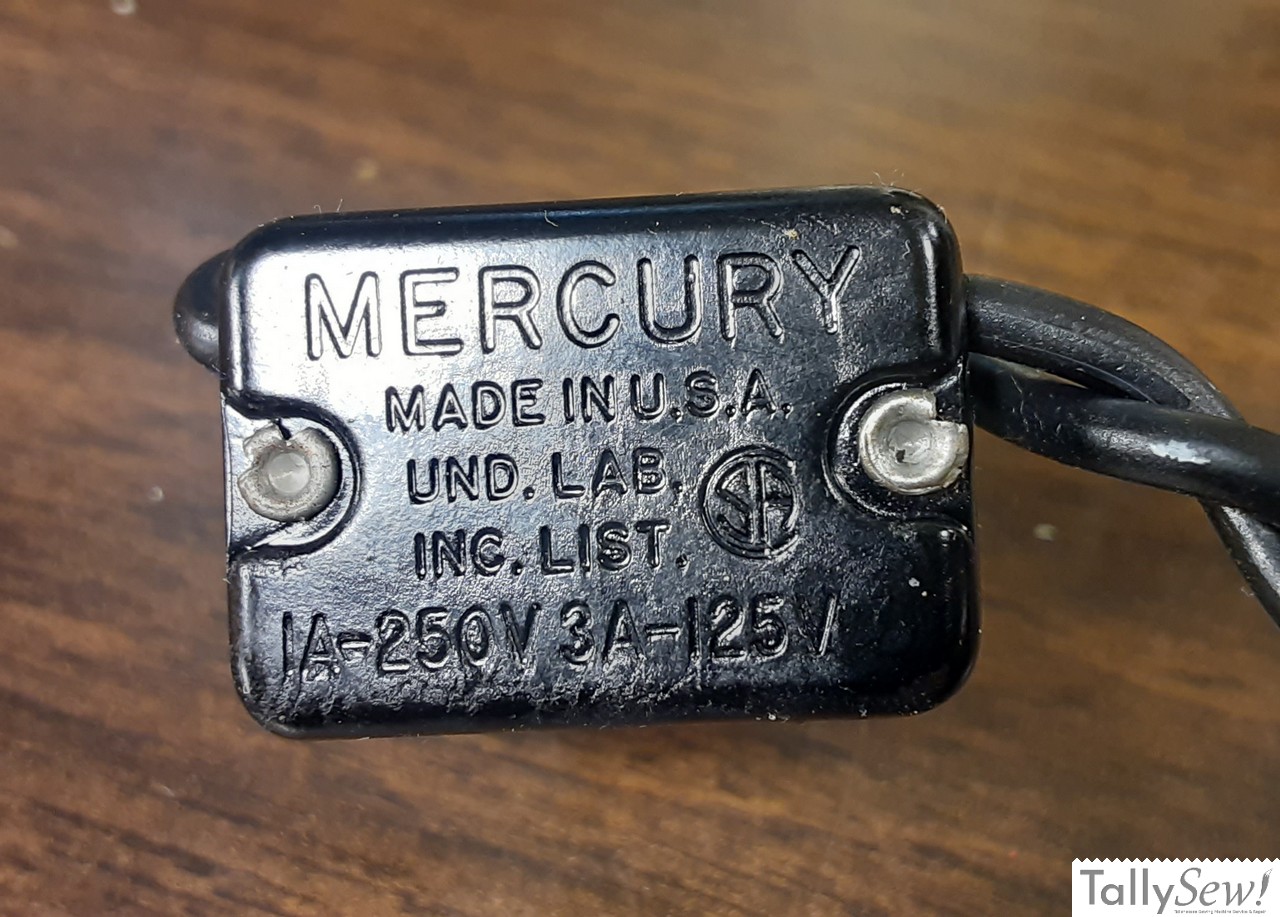
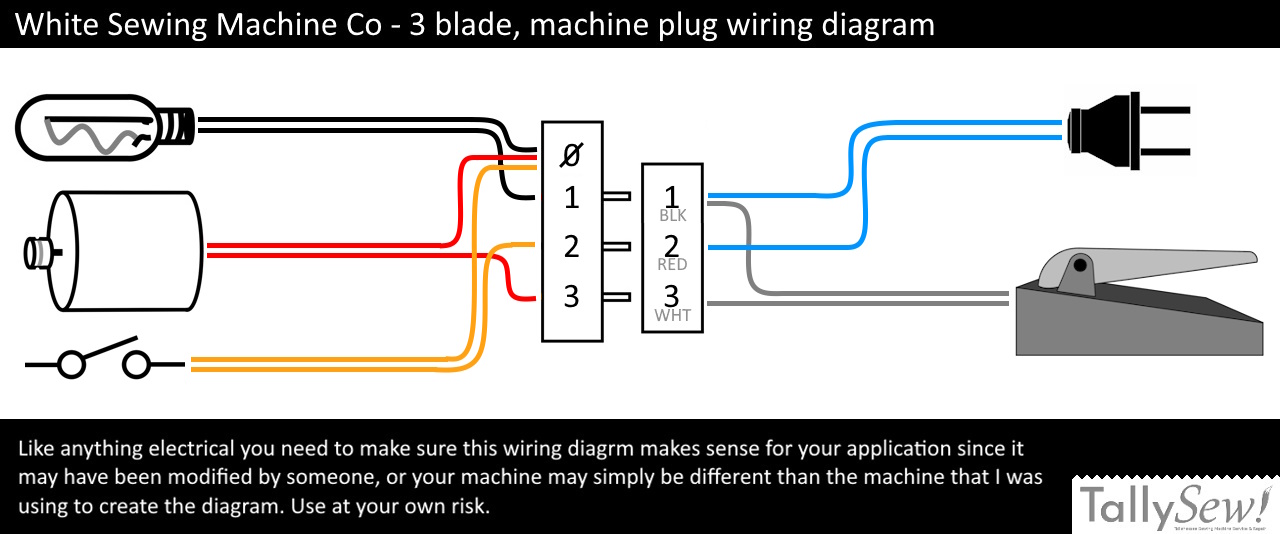
The machine wiring is in good condition, but since I really wanted to clean the inside of this machine out I needed to remove all of the wiring and electrical components. This also gave me the opportunity to make a wire diagram for future reference.
Since the blades of the plug are evenly spaced you need to pay special attention to the direction that the power plug is attached to the machine plug. Blades on the original power plugs from Kenmore, White, Domestic, and other machines that use this plug design are usually marked as 1, 2, 3 or BLK, RED, WHT. The machine plug contacts are not usually marked, so it’s a good idea to trace the wires to confirm they match the diagram. The backing plate on the Kenmore 158.17560 machine plug keeps you from connecting the power plug from the wrong direction, but I’ve run into machines that don’t have this safeguard.
Clean in place
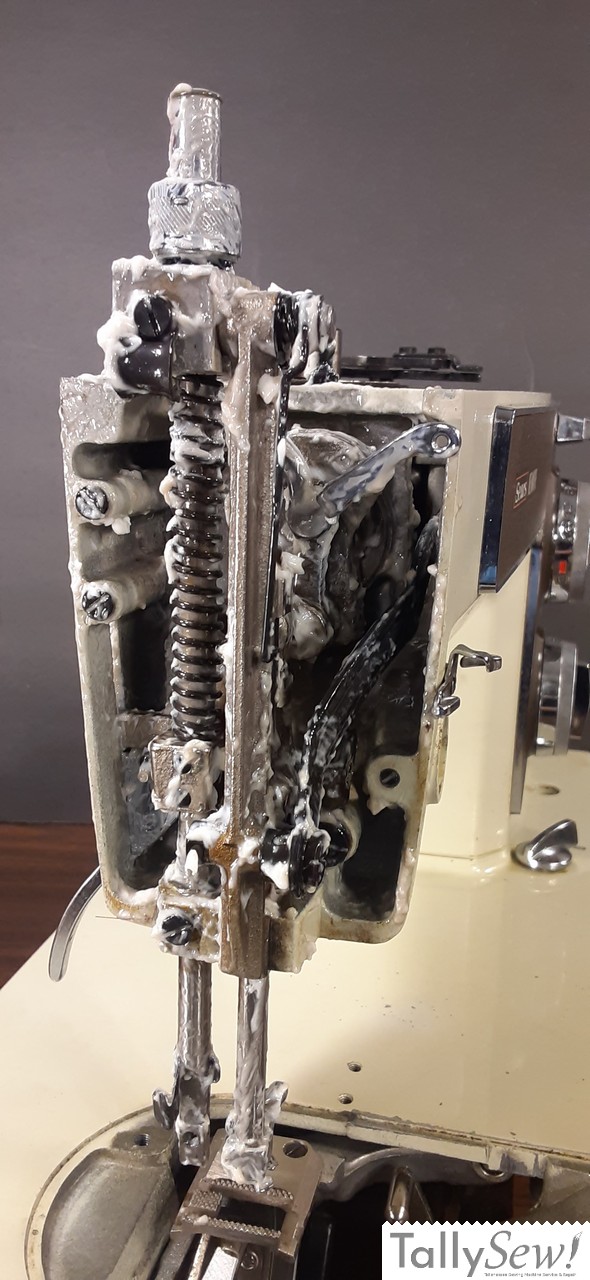
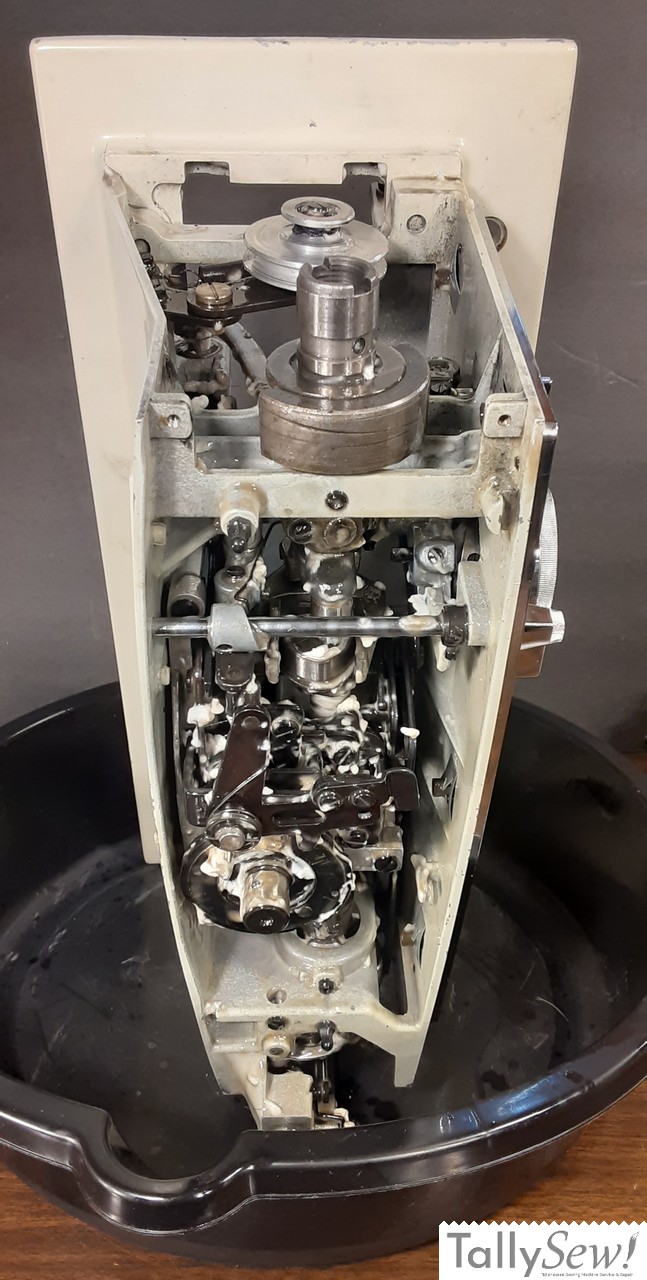
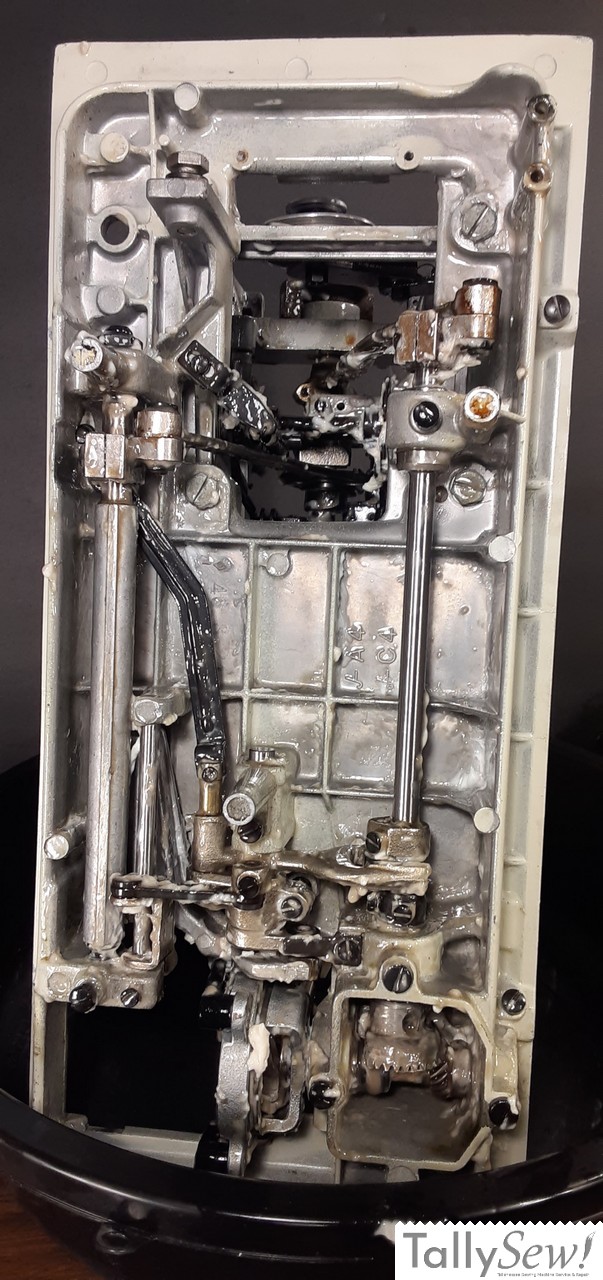
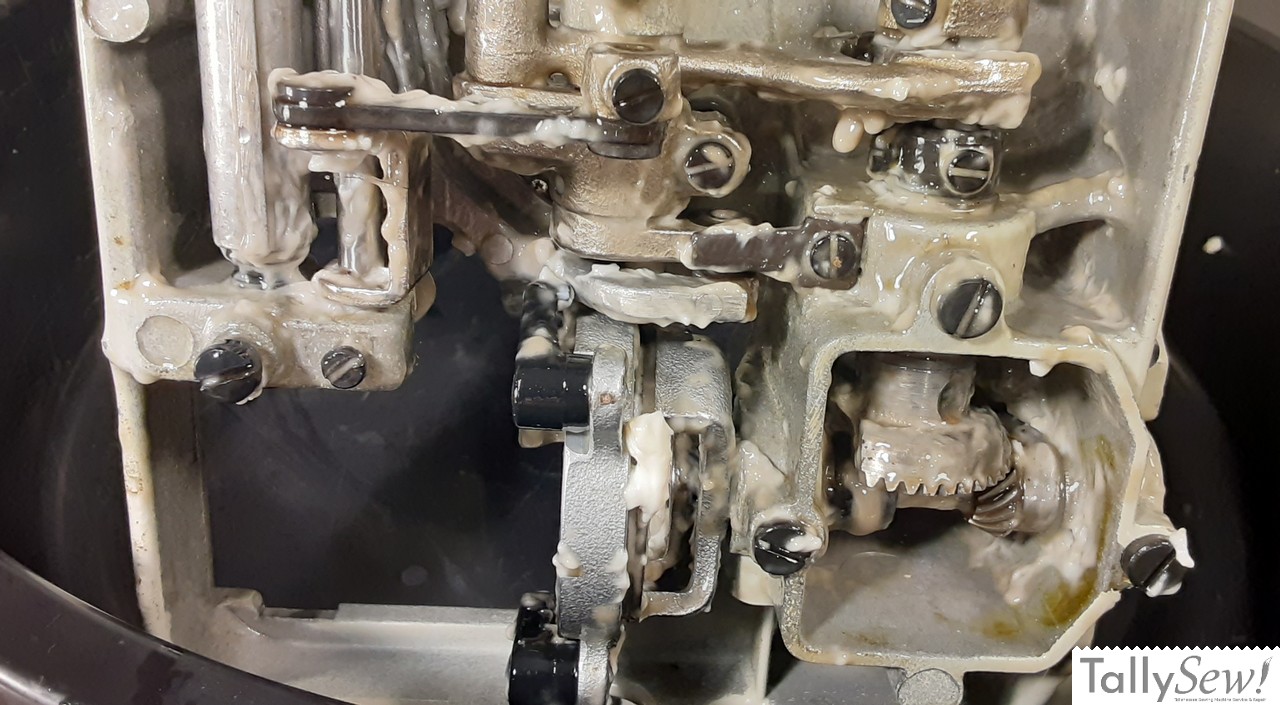
After removing the motor, light, power button, machine plug, and all of the wires. I removed the nose and top covers, along with all of the parts that you can just take off for regular cleaning. Since this machine functions, I’m not removing the internal parts that would require reassembly and adjustment. I’m using non-pumice mechanics hand cleaner (GoJo), I’ve painted it onto all of the internal parts and I’ll let it sit for a few hours.
To clean it out I use cotton rags and soft brushes. It does take quite a while. You can also use a hair dryer on an all metal machine, or more carefully on a mixed materials machine, to melt the Gojo and old oil. This makes it easier to mop it out of the machine.
Note: Non-pumice mechanics hand cleaner can sometimes damage paint, decals, and any printing on a machine, so test before you really use it to clean a machine, and do so at your own risk.
Cleaned up nice
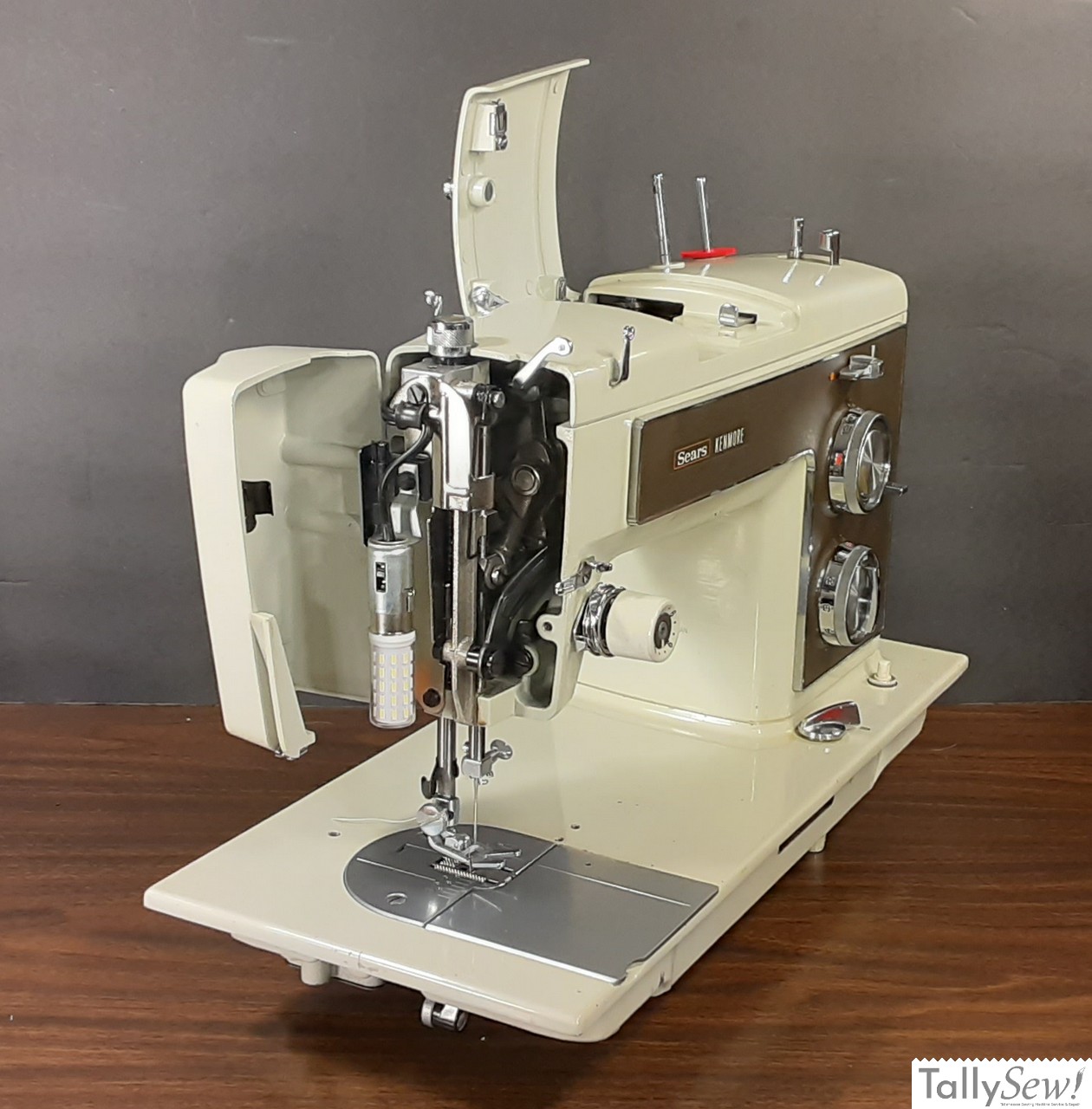
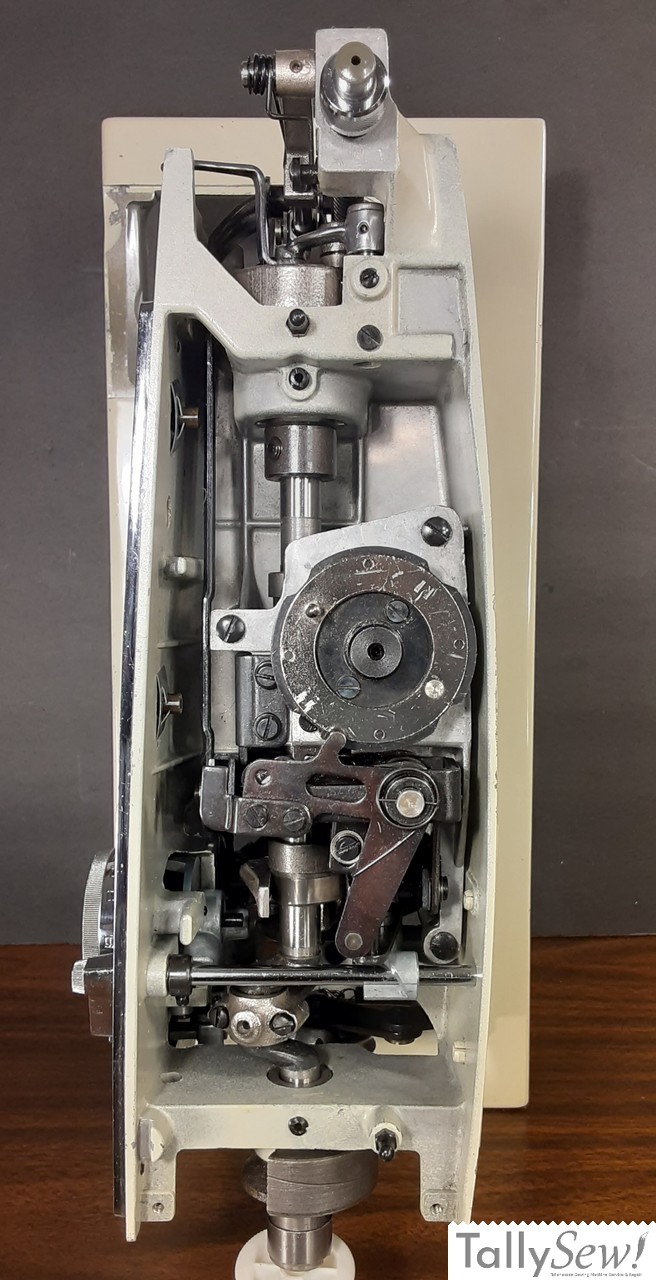
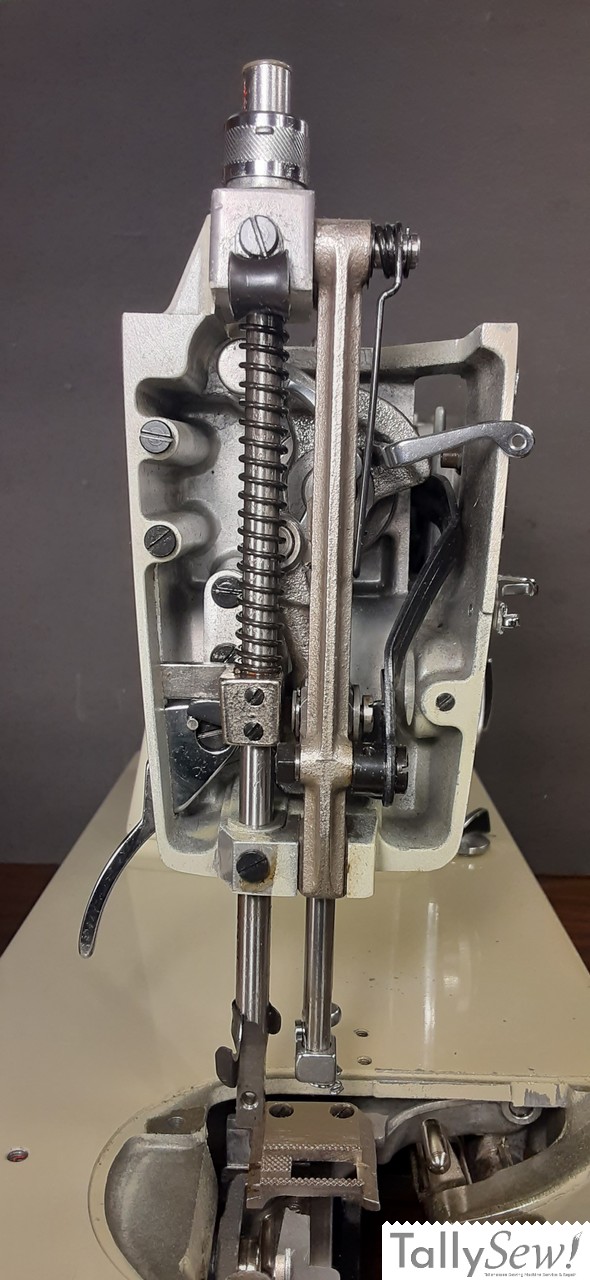
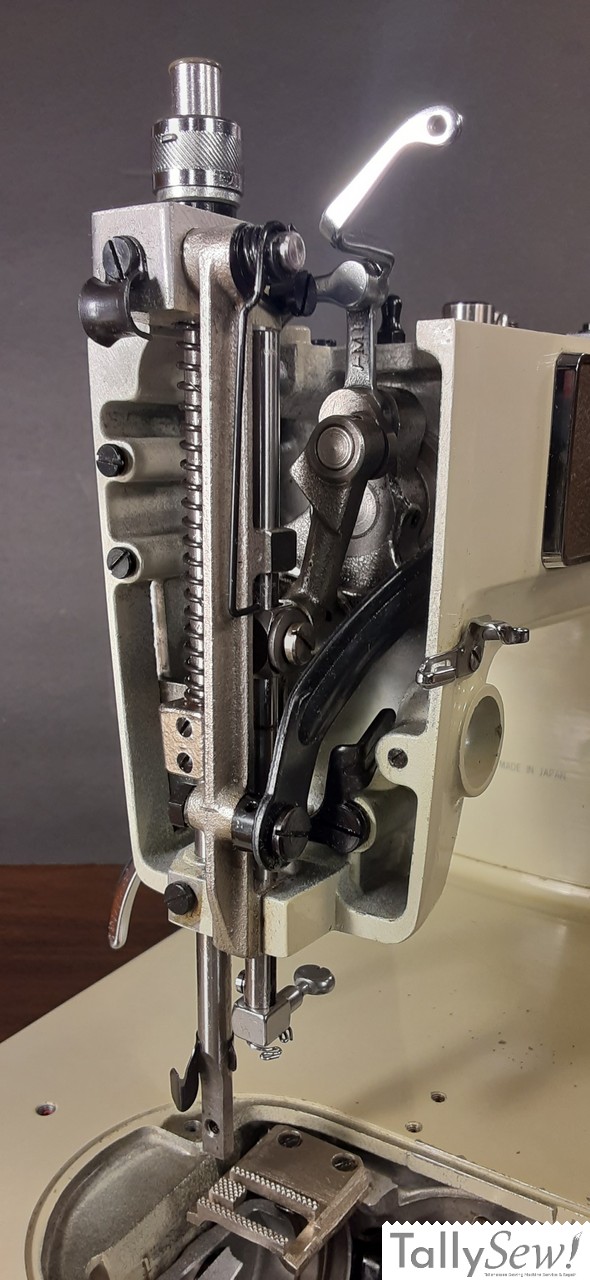
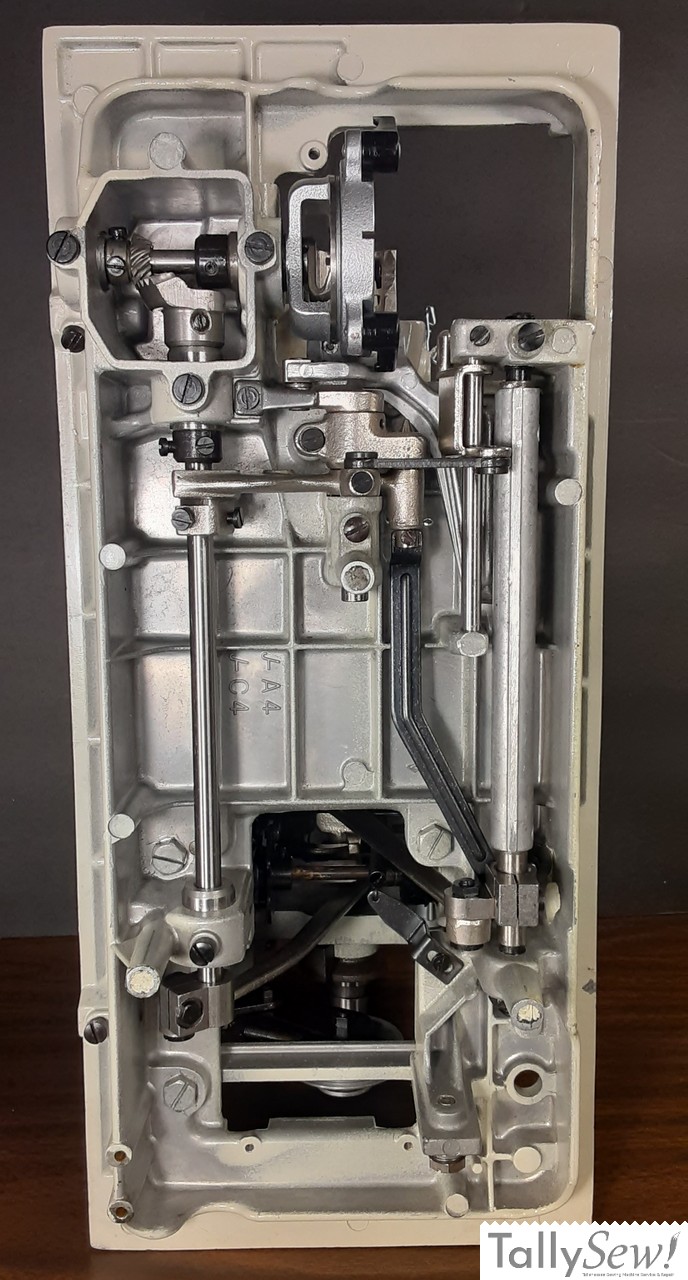
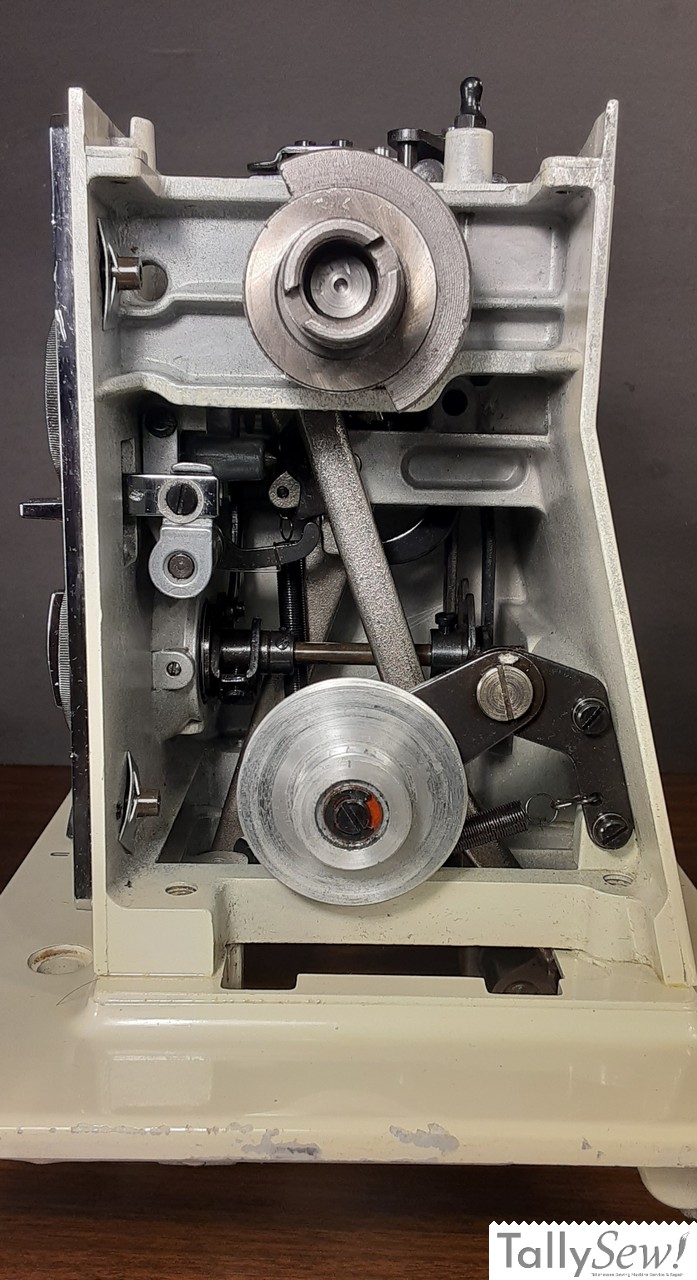
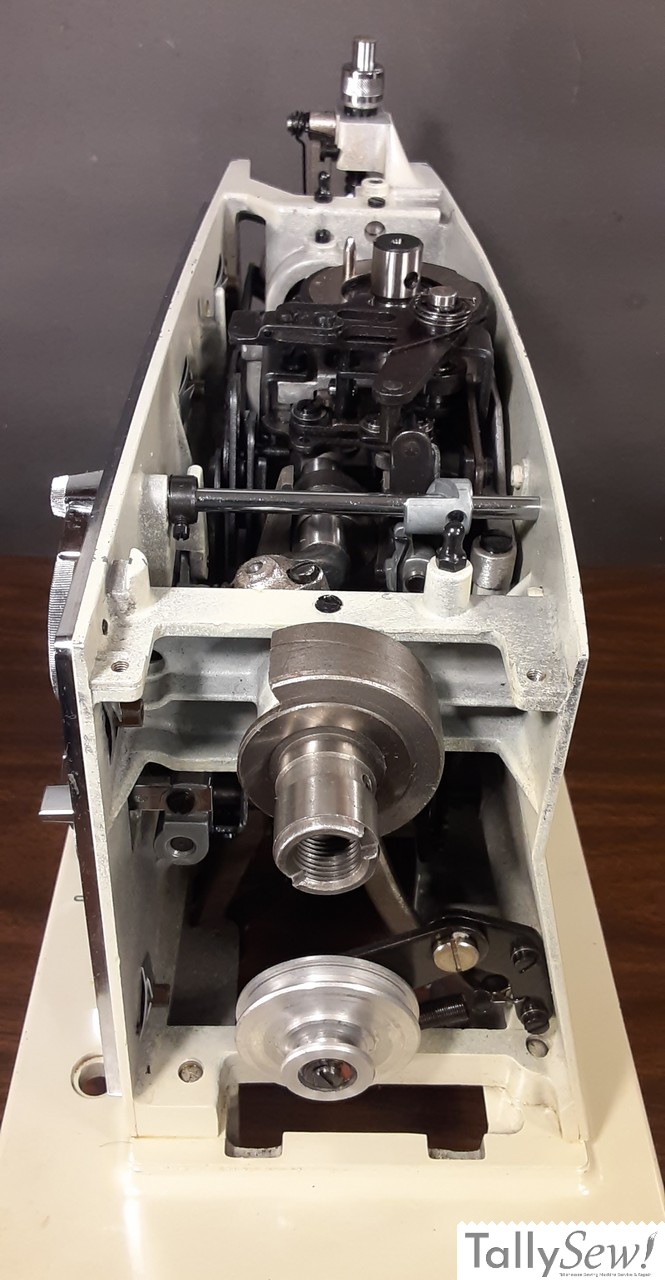
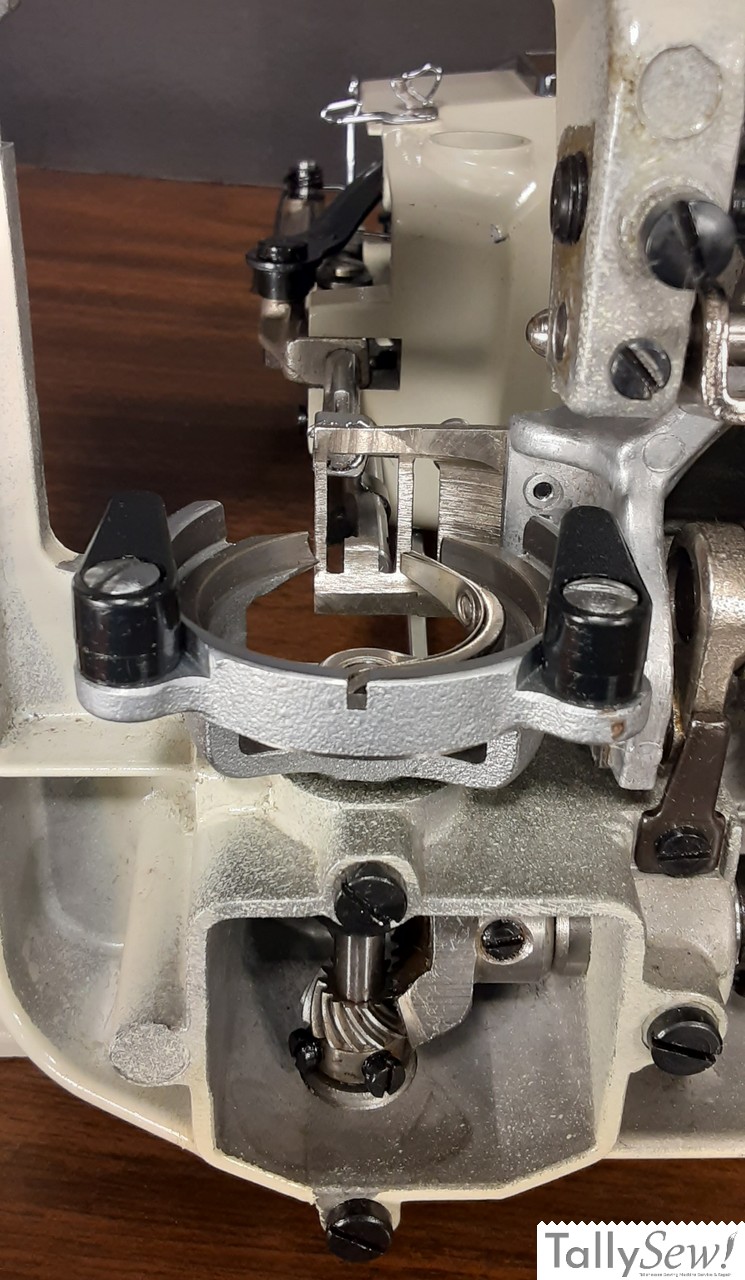
As stated, it’s quite a bit of work to get all of the cleaning agent removed, but as you can see, it’s worth it. I went through the machine and oiled all of the moving parts pretty aggressively so that any remaining cleaner would be flushed out, and then went through the process of swabbing the machine out for a second time. Cleaning out the excess oils helps make sure that you don’t have oil dripping out of the machine, but it also insures that all of the internal parts have a light coat of oil.
Specifications
| Brand | Kenmore |
| Model | 158.17560 |
| Manufactured By | Jaguar/Maruzen |
| Made In | Japan |
| Years Produced | 1971-1972 |
| External Cams | “C” Stitch Pattern Cams |
| Hook Type | Oscillating |
| Bobbin | Class 15 |
| Bobbin Case | Class 15, “1 o’clock” position finger |
| Needle System | 15×1 |
| Foot Type | Low Shank |
| Construction | Metal |
| Construction Drivetrain | Metal |

